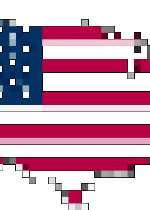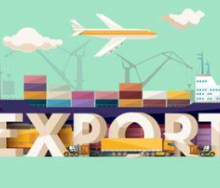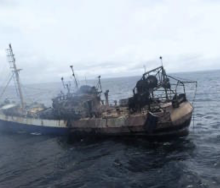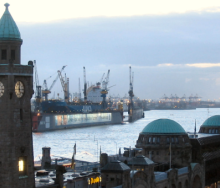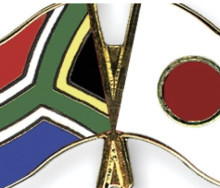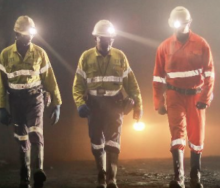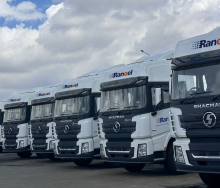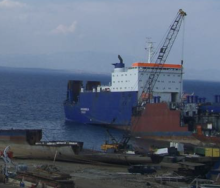“As we have already seen over the last 15 years under the African Growth and Opportunity Act (Agoa), our trade and investment flows have tended to be very balanced.” – Laird Treiber
With South Africa developing characteristics of an advanced economy, the United States (US) is optimistic about the long-term prospects for bilateral trade and investment.
But, says Laird Treiber, economic counsellor for the US Embassy in Pretoria, the future trade landscape is not without its obstacles, policy uncertainty being one. Examples are visa policy, frequently shifting requirements for broad based black economic empowerment (B-BEEE), and security of tenure raised by the Expropriation Bill, the Protection of Investment bill, and the draft Intellectual Property Rights Bill. In addition, Laird says clearer government policies in the renewable energy and ICT sectors would be helpful.
Carol O’Brien, executive director of the American Chamber of Commerce in South Africa echoes Laird, indicating that constant changing of legislation is counterproductive to business, which needs a stable environment to flourish.
“The ownership requirement for the B-BBEE scorecard is a huge concern. US companies do not, as a rule, sell equity,” she says.
Procedural issues are also disruptive. A recent decision by the South African Bureau of Standards to extend the review period for new models of hi-tech equipment from 90 days to up to nine months, is a case in point. “The National Regulator for Compulsory Specification (NRCS) requires 120 days to provide the letters of authority (LOAs), but the lifecycle of technological items is very short and often products are discontinued even before they are released in South Africa,” expands O’Brien.
“We have become the technological dumping ground of the world. Companies are paying huge sums for storage whilst the NRCS sorts out its processes – its rationale is that it is protecting the public by stopping all products at the ports for inspection. We are nonplussed that Dell, HP and other products pose a life risk to the consumer.”
Ongoing strikes, difficult-to-negotiate labour laws and the current ‘SARS wars’ are other deterrents, according to O’Brien. “Who would want to invest in South Africa if the country can be plunged into a depression through an economic downgrade through its own actions?” she queries.
Challenges aside, the US Embassy believes bilateral trade and investment could easily double over the next 10-15 years. “The impression we have is that there are a number of South African exporters that are just beginning to discover potential clients in the United States. A mix of factors, such as distance and a lack of historical ties, have meant that the US market did not leap to mind as the first opportunity for a lot of South African companies, particularly smaller manufacturers. A number of successful examples have shown that a little persistence and some patient client development can break through those barriers,” comments Laird.
The upcoming Presidential election, of course, comes with the prospect of changes in trade policy. Laird, however, points out that for the last 15 years, there has been strong bipartisan support within the US Congress for expanding relations with African countries on a host of issues, as seen in the enduring support for Agoa, renewed last year for 10 years.
“Africa continues to assume an increasingly important place in US foreign policy on a range of issues, he remarks. “I would expect that many of these policies will continue to be priorities in the new administration.”

